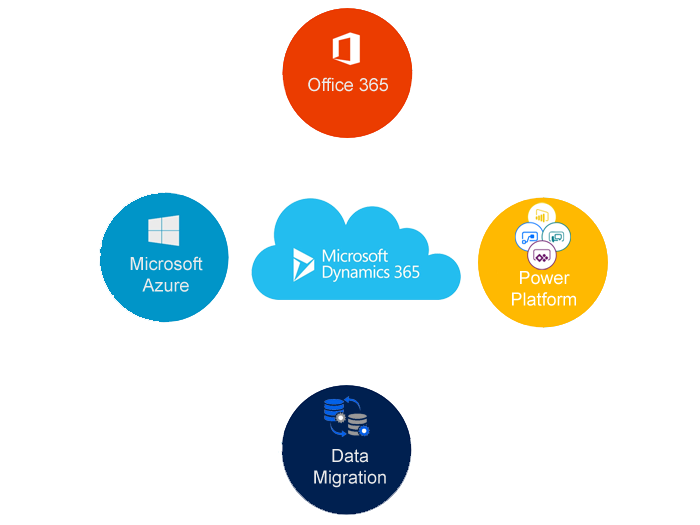Purchasing In Field Service
Hi Everyone
Let’s discuss about the Purchasing phase in Microsoft Dynamics 365 for Field Service.
As the resources are in the field and perform operation and then eventually you need to raise the Purchase Order, Probably we need some additional products delivery from additional vendors,
so we can stock your warehouse and make sure we have appropriate stock available based upon may be current jobs that are executing or future jobs that will be coming through down the pipeline as we move forward.
The purchase order process from a Field Service standpoint has kind of three step process that you are going to be working with the first situation is you have to really requisition what are the products that you want to work with by creating a PO record inside the application.
When you create PO record we can do several different things around defining the specifics on what work order that PO is going to be associated with, how we are going to ship or drop ship that information,
what warehouse that inventory may be received into but as we define the specifics around the purchase order itself, then we are able to go in and gain approval.
Used to request and receive products from vendors to stock warehouses.
Purchase order process
> Request products from vendor by creating a PO.
> Gain approval.
> Document receipt of products by creating PO receipt.
Let’s see this in action.
Go to Dynamics 365 > Field Service >
Click on “Purchase Order” and create new Purchase Order record.
Fill the from which vendor the products coming, fill the purchase order date and work order.
By default the System status is in draft, Fill the Purchase Order Date.
Vendor details, in the general section the delivery date expected ship to, payment term, ship via, receive to warehouse.
Work Order section fill the work order details and booking.
Also the User information of who requested.
In the business process flow approval & submit purchase order status should be changed to “Approved” and “Submitted”.
Once the Purchase Order as been created then create the associated Receipt record
Name of the receipt, received by, ship via and save record
then lookup the associated receipt product:
Finally you can see the Purchase order receipt product below image.
I hope this helps.



